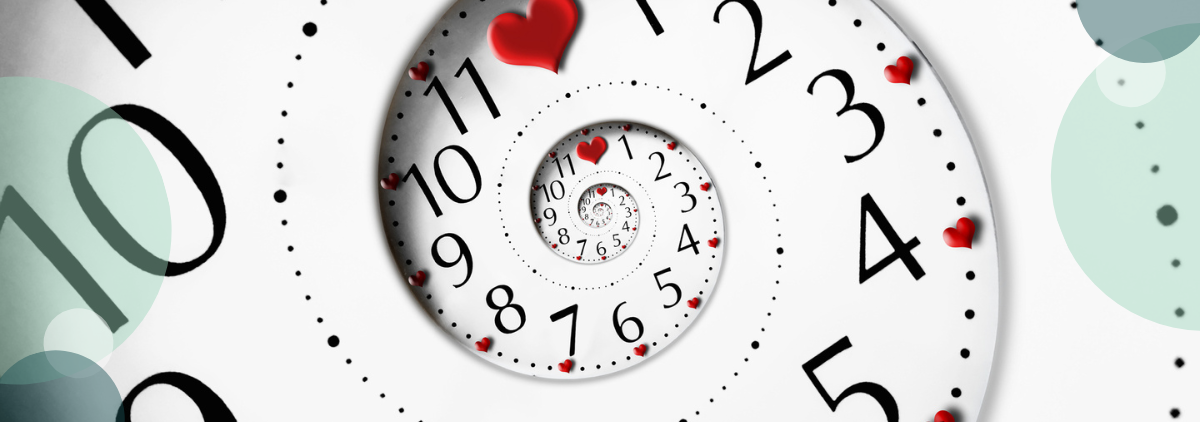The COVID-19 pandemic has affected people’s lives in countless ways. It’s changed how we work, how we socialize, the way we shop, travel, and for many of us, it changed how we drink. Schedules and routines became irrelevant. When commuting from your bed to your couch, you can afford to stay up later and have a few extra drinks. Maybe you found yourself wrapping the work day up by 3 p.m., and now that pre-dinner beverage became a late liquid lunch that flowed right into a virtual happy hour.
Or it could be that you found your drinking ramped up as the stress, anxiety, overwhelm, and burnout did. After all, wine is cheaper and easier to access than therapy, right?
If your drinking habits have changed over the past two years, you’re not alone. A National Institute on Alcohol Abuse and Alcoholism study showed that alcohol consumption in November 2020 was 39 percent higher than in February 2020, with a 30 percent rise in binge drinking. Meanwhile, a September 2020 RAND Corporation study found that alcohol consumption rose among adults over age 30 by 14 percent during the pandemic, with a 41 percent increase in women heavily drinking. In fact, this past January, Massachusetts General Hospital and Harvard Medical School researchers released a study that estimated increases in drinking during the COVID crisis would result in 8,000 additional deaths from alcohol-related liver disease and 18,700 cases of liver failure, and 1,000 cases of liver cancer by 2040. Our drinking habits have changed, but they don’t have to stay that way.
An increase in drinking due to trauma isn’t unheard of. It’s a common trigger and it doesn’t mean you’re destined for a life on the streets begging for change. We saw bumps in how people drink after 9/11 and Hurricane Katrina, and continue to see it with adverse personal events in people’s lives. Traumatic events disrupt our routines and we seek to right things in the ways we know how.
Drinking your troubles away is considered a natural response. We’re conditioned to buy someone a drink when times get tough and drinking is routine. So when everything else is chaotic, drinking is a way to establish a sense of normalcy again.
The trouble is that alcohol builds tolerance. So while some things might remain unchanged like when or why we drink, how we drink changes. We end up drinking more — more often, larger amounts, and stronger drinks. That shift is usually so gradual that we don’t notice it until it becomes problematic or someone else calls attention to it.
That doesn’t mean that you have to stop drinking in order to change your drinking routine. Instead, it may mean that you need to take a break from it and reestablish some balance and control.
Studies show that taking a break from alcohol reduces the amount you drink long-term. Dry January participants stated that they were still drinking significantly less 6 months later.
Taking a break from alcohol also allows you to establish new routines, better coping mechanisms, and a healthier relationship with alcohol. It’s hard to be subjective about the role alcohol plays in your life with your beer goggles on or while nursing a hangover. It’s much easier to establish a healthy mindset and boundaries you can live with when you are able to get clear about why you’re drinking and whether alcohol is bringing you the benefits you perceive it is.
Pushing pause on your booze intake doesn’t mean you have to stop drinking forever. For many of us it means finding peace, balance, and clarity in a world that has been especially tumultuous and chaotic for the past few years. Often being able to change why we drink also changes how we drink. A drink really never fixes anything. It either numbs us to the issue for a bit or makes it much larger. Learning to stop seeing alcohol as a tool completely transforms our mindset around alcohol.
Once you create a new mindset around alcohol you get to choose how and when it reenters your life. No one says you have to quit drinking forever but you also don’t have to keep drinking the way you are right now.
You Don’t Have To Stop Drinking Forever
How taking a break from alcohol can rebalance your life and reestablish routine

